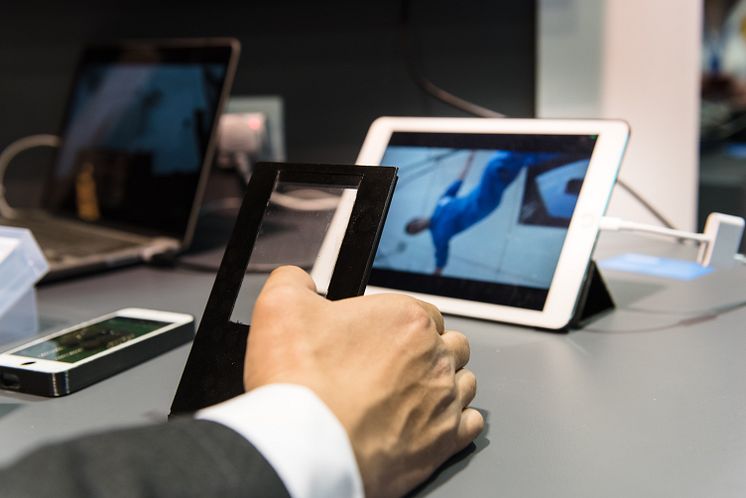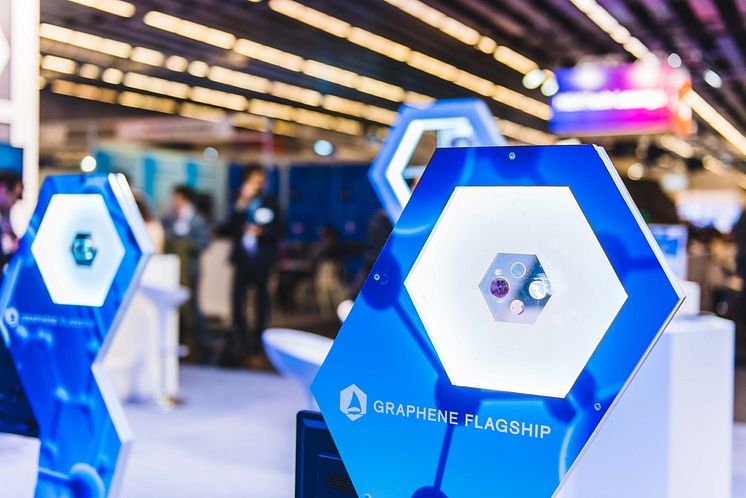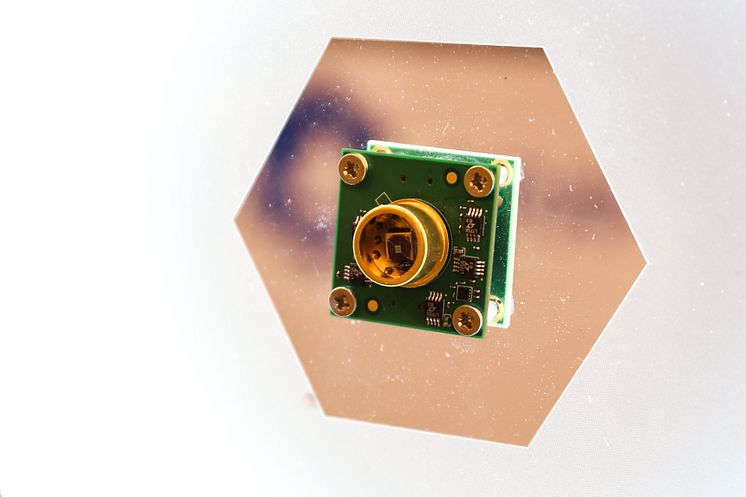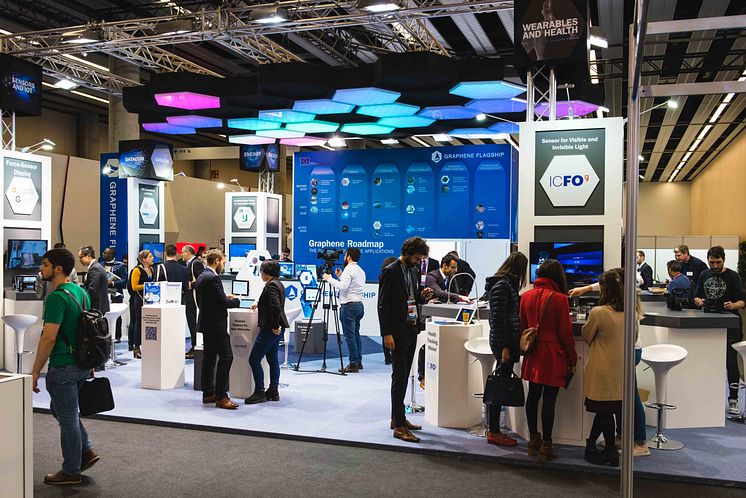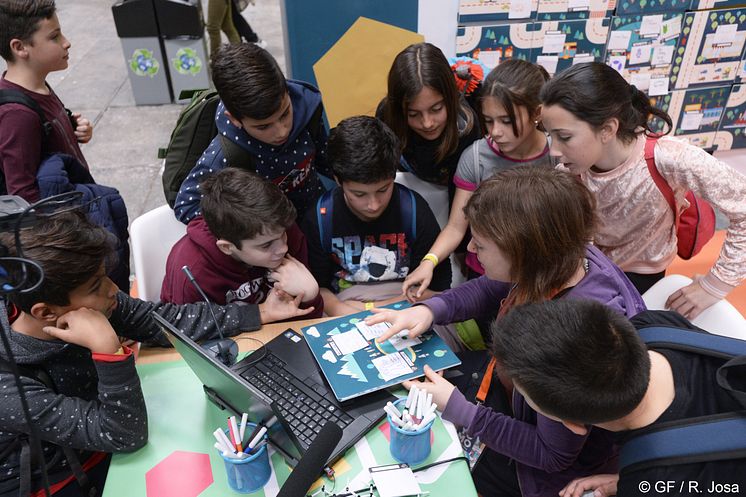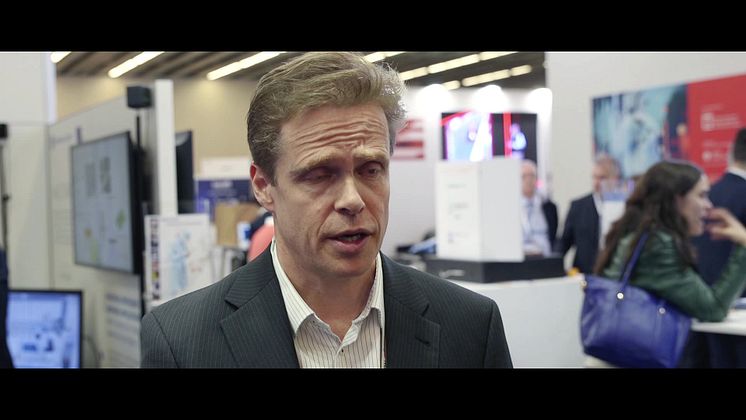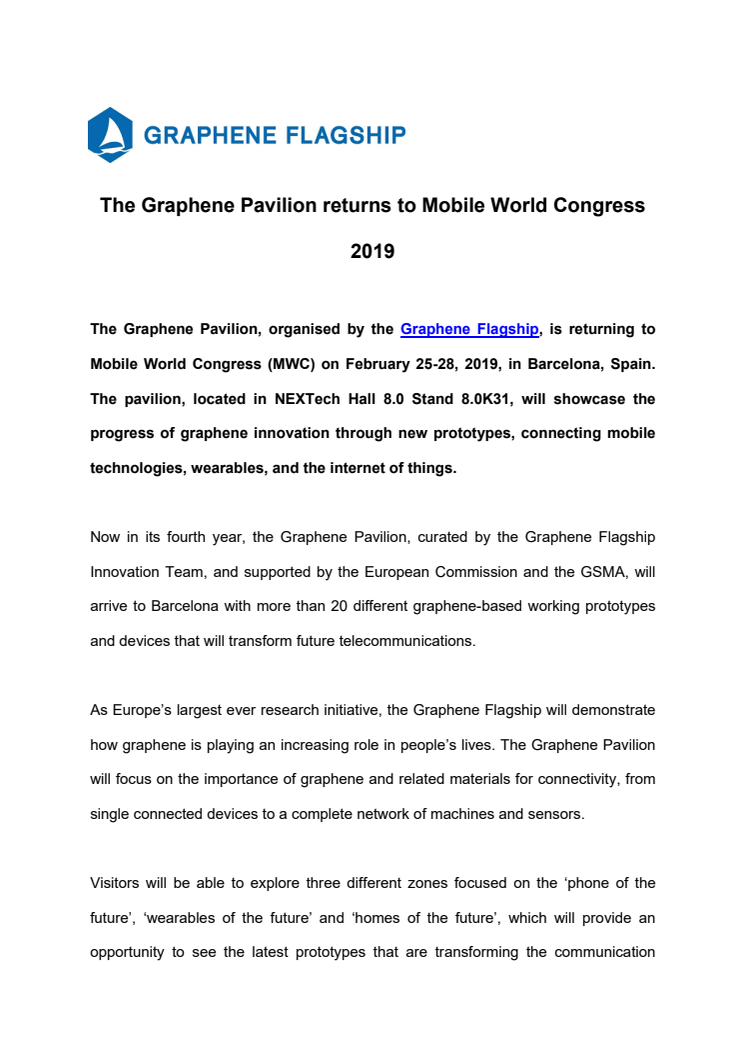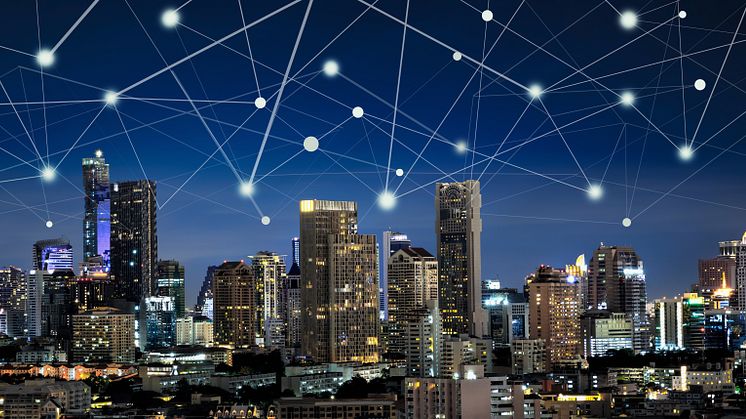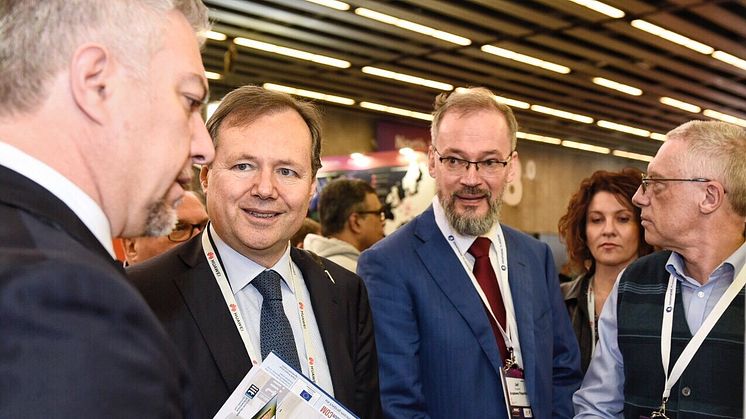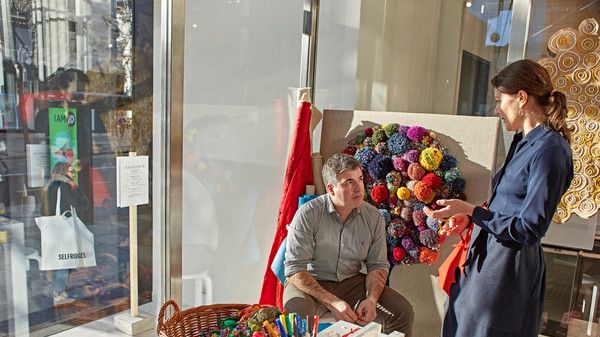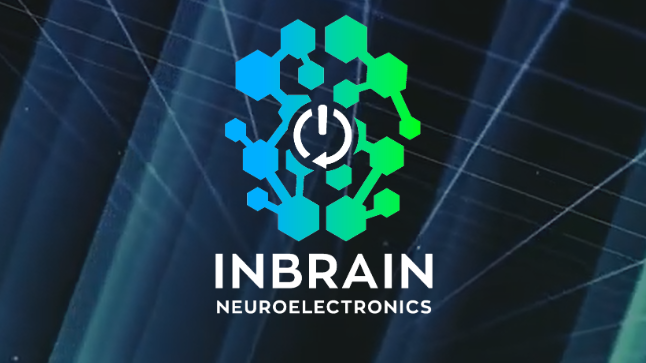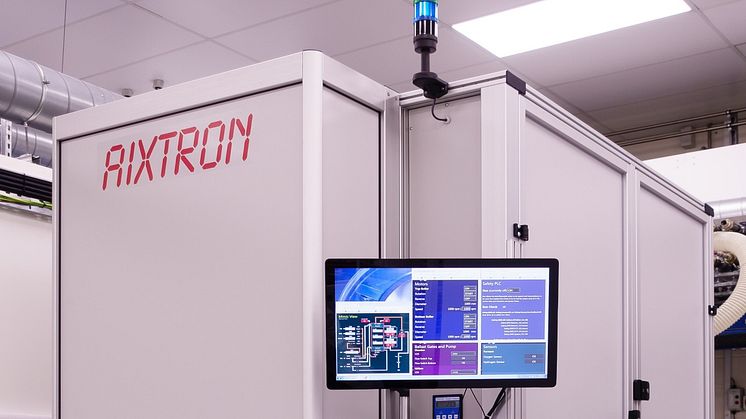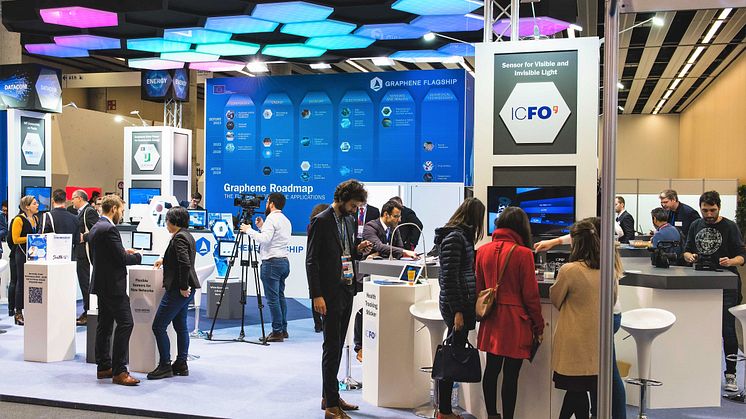
Press release -
The Graphene Pavilion returns to Mobile World Congress 2019
Now in its fourth year, the Graphene Pavilion, curated by the Graphene Flagship Innovation Team, and supported by the European Commission and the GSMA, will arrive to Barcelona with more than 20 different graphene-based working prototypes and devices that will transform future telecommunications.
As Europe’s largest ever research initiative, the Graphene Flagship will demonstrate how graphene is playing an increasing role in people’s lives. The Graphene Pavilion will focus on the importance of graphene and related materials for connectivity, from single connected devices to a complete network of machines and sensors.
Visitors will be able to explore three different zones focused on the ‘phone of the future’, ‘wearables of the future’ and ‘homes of the future’, which will provide an opportunity to see the latest prototypes that are transforming the communication industry. For example, visitors will see how graphene modulators will increase the speed of internet connections while reducing the cost and the energy consumption associated with the transmission of data.
Moreover, visitors will see how graphene technologies can directly benefit health through new wearables that monitor vital signs or help improve posture. For example, a graphene-enabled band showcased at MWC measures heart rate, moisture and respiration, with improved accuracy and reduced power consumption compared with existing fitness band products.
Graphene paints and inks, which can reduce smog, allow people to produce conductive circuits in any place and any surface, will also be featured at Mobile World Congress.
The Graphene Pavilion will also debunk myths around the cost of producing graphene. Thanks to technologies developed by the Graphene Flagship, graphene production is scalable, and can be used to produce even the quantities required for aeronautics and space applications.
“Research into graphene is at a pinnacle point,” explains Prof. Frank Koppens, group leader at Graphene Flagship partner ICFO, Spain, and Chair of the Graphene Flagship MWC Committee. “However, now it is time for graphene to be moved from the laboratory environment into factory floor. Visitors will leave the pavilion with a greater appreciation for all soon to appear products based on graphene.”
“For the Graphene Flagship, Mobile World Congress is a prime opportunity to showcase how the investment in research is now providing tangible and beneficial use,” explained Andrea Ferrari, science and technology officer of the Graphene Flagship and chair of its management panel. "This year we will unveil new products soon to be launched on the market, as well as many advanced prototypes, showing the stride taken by the Graphene Flagship on the innovation and technology roadmap for graphene and related materials."
“The Graphene Pavilion is a great opportunity for us to display the latest results of graphene-based technologies to a broad range of decision makers and to meet with industry on their own turf,” comments Jari Kinaret, director of the Graphene Flagship. “Events like the Mobile World Congress are of increasing importance to the Graphene Flagship as we move to higher technology readiness levels and get closer to the market.”
Graphene has much to offer the technology industry as it strives to maintain its pace of innovation. Supporting high-speed 5G services, smart batteries, flexible sensors, integrated photonics and IoT solutions — graphene is now. To find out more about the Graphene Flagship or demonstrations at the Graphene Pavilion, visit bit.ly/GrapheneMWC.
Related links
Topics
Categories
About the Graphene Flagship
The Graphene Flagship was launched by the European Union in 2013 as part of its largest research initiative ever. With a budget of €1 billion it represents a new form of joint, coordinated research initiative on an unprecedented scale. The overall goal of the Graphene Flagship is to take graphene and related materials from the realm of academic laboratories into European society, facilitating economic growth and creating new jobs, in the space of ten years. Through a combined academic-industrial consortium consisting of nearly 150 partners in over 20 European countries, the research effort covers the entire value chain, from materials production to components and system integration, and targets a number of specific goals that exploit the unique properties of graphene and related materials.

